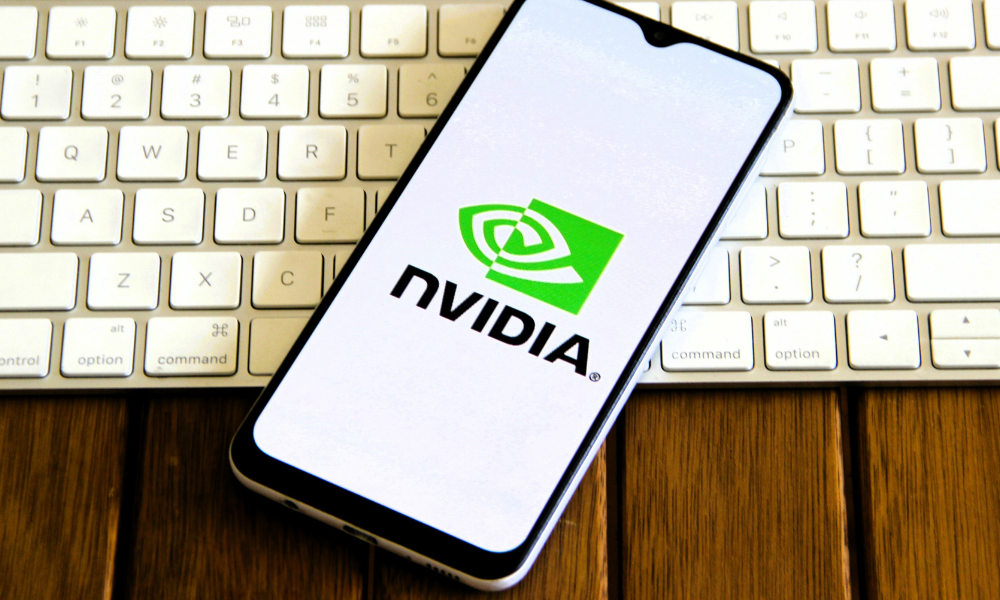

by Debby Wu
Nvidia Corp. aims to spend several hundred billion dollars to procure US-made chips and electronics over the next four years, the Financial Times reported.
Chief Executive Officer Jensen Huang told the FT that the latest chips designed by his company, and Nvidia-powered servers for data centers, can now be produced at US-based factories operated by Taiwan Semiconductor Manufacturing Co. and Foxconn Technology Group. It marked a major step forward in supply chain resilience for the Santa Clara, California-based chipmaker, Huang added.
Nvidia this week hosted its GTC developer conference, where Huang, 62, said his company ultimately plans to shift manufacturing onshore. It’s already using TSMC’s Arizona factory to help produce some of its highly prized graphics processing units, which have become the most essential component for the current wave of AI investment.
Shares in TSMC and other Nvidia suppliers, such as SK Hynix Inc. in South Korea, rose in the wake of the report. In its 2024 annual report, Nvidia said it had $20 billion in total future purchase commitments as of January 28, 2024.
Huang, who in January met President Donald Trump, lauded the new administration’s support for the developing artificial intelligence sector and told the FT it was “a phenomenal result for AI in the US.” He also praised TSMC — the sole manufacturer for Nvidia’s most advanced AI chips — for expanding its investment in the US.
TSMC, Taiwan’s most valuable company, and its peers are rapidly making the US the top priority of their expansion plans, as tariff threats by the Trump administration hasten plans to set up in the country. TSMC CEO C.C. Wei this month announced an additional $100 billion in investment in the US, alongside Trump in the White House, and Foxconn is working with Apple Inc. to add an AI server assembly site in Texas.
Copyright Bloomberg News

Blue Anchor Capital Management and Pickett also purchased “highly aggressive and volatile” securities, according to the order.

Reshuffle provides strong indication of where the regulator's priorities now lie.

Goldman Sachs Asset Management report reveals sharpened focus on annuities.

Ahead of Father's Day, InvestmentNews speaks with Andrew Crowell.

Cerulli research finds nearly two-thirds of active retirement plan participants are unadvised, opening a potential engagement opportunity.
Barely a decade old, registered index-linked annuities have quickly surged in popularity, thanks to their unique blend of protection and growth potential—an appealing option for investors looking to chart a steadier course through today’s choppy market waters, says Myles Lambert, Brighthouse Financial.
How intelliflo aims to solve advisors' top tech headaches—without sacrificing the personal touch clients crave
